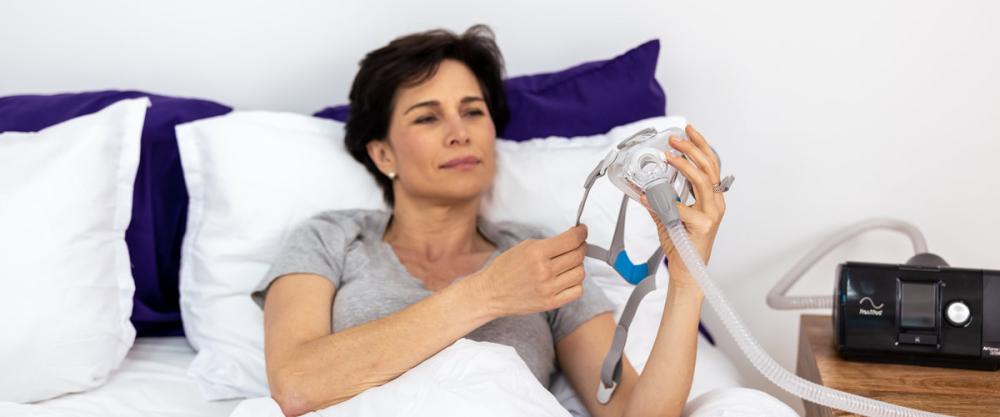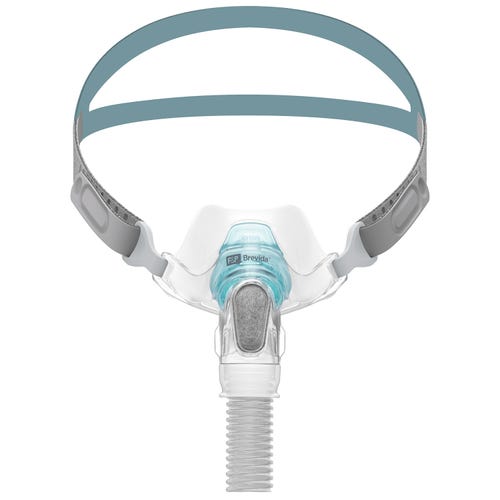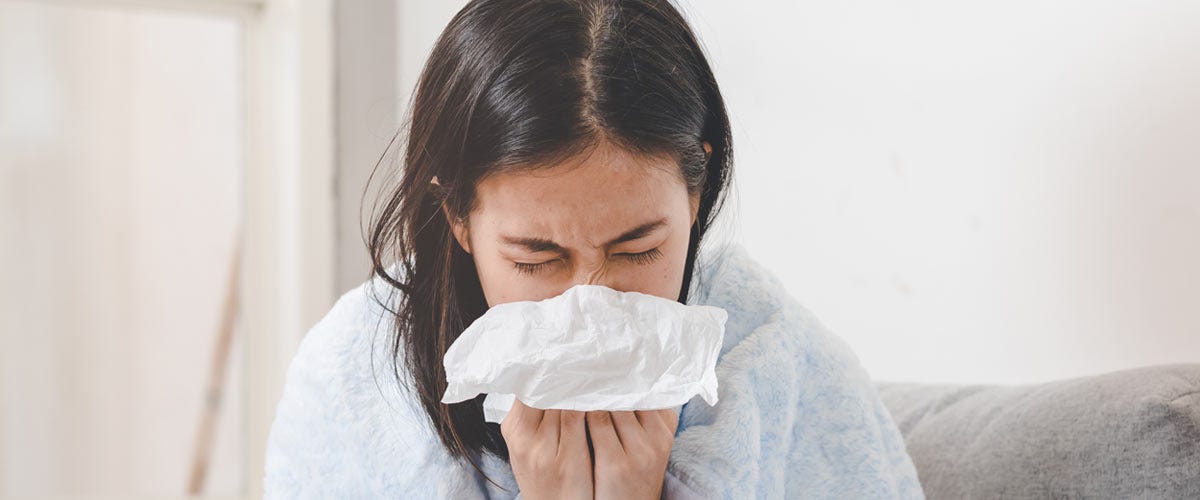CPAP masks are designed to supply positive airflow to you while you sleep, helping to provide you with a good night’s sleep, assist in increasing oxygen saturation to your blood and help prevent brain damage and other ailments-even death-due to apneas caused during sleep. Some patients may be concerned with leaks in the mask and should be.
Intentional Leaks
Just like it sounds, this type leak is intentional. When a mask user inhales, he or she takes in much needed oxygen. Carbon Dioxide (CO2) is expelled upon exhalation. A CPAP mask has holes built into its structure that allow the CO2 to escape so that users are not oversaturated with CO2, a dangerous condition. If this feature were not included, a CPAP mask it would defeat the purpose of treating sleep apnea.
The intentional leak rate also increases with increased pressure from the CPAP machine.
The exact amount of intentional leak rate allowed for your mask can be found in your CPAP mask instruction manual. These rates will be different depending on the type of mask used. Most machines will also come with information on leak rates. If you are not able to find it, contact the manufacturer for further details. The leak rates found in the manual can change if there are slight differences in the manufacturing process. So, it’s good to take that into consideration.
Unintentional Leaks
This type leak is, of course, the type you do not want. Unintentional leaks occur due to the faulty manufacturing of the mask and or mask cushions, wear and tear, some type damage to the frame of the mask or cushion or having the incorrect pressure setting on your CPAP machine. If the pressure is too high, this will cause the seal to break, resulting in unwanted leaks. Replacing your mask at the allotted replacement time will help prevent (or keep to a minimum) unintentional leaks. When faulty equipment is the problem, the equipment will certainly need to be changed, or you may need to be fitted with a different type of mask completely.
What causes a mask to leak?
- The mask was not fit properly upon setup.
- The mask no longer fits properly after setup. This could be due to weight loss or weight gain.
- The mask does not seal correctly to the contour of the individuals face.
- The mask is not properly replaced during the suggested replacement supply cycles.
- You breathe through your mouth (when you use a nasal mask).
4 Ways to reduce mask leaks:
- If you use a nasal mask and still breathe through your mouth consider a Full Face Mask. Full Faced Masks; when fit properly, can completely eliminate issues with mouth leaks.
- Be sure to clean your mask and supply on a regular basis. This will help maintain the seal and efficiency of your mask supplies.
- Be sure to consider replacing your machine when you are eligible (especially if you have an older model machine). The newer positive pressure devices include technology that automatically measures and compensates for unintentional leaks in the masks. In this way the correct pressure is always maintained.
- Heated Humidifiers should be something to consider because they help to reduce the negative effects caused by mouth leaks and nasal congestion.
A simple formula is: The Unintentional Leak rate = Total leak minus intentional leak.
Total Leak Rates
The total leak rate is the overall amount of leakage that occurs in a mask. This includes both the intentional and unintentional leak rates.
Total Leak Rate = intentional leak plus unintentional leak.
Being aware of these variables and making needed corrections will ensure that your CPAP experience does just what it should—give you a great night’s sleep.







